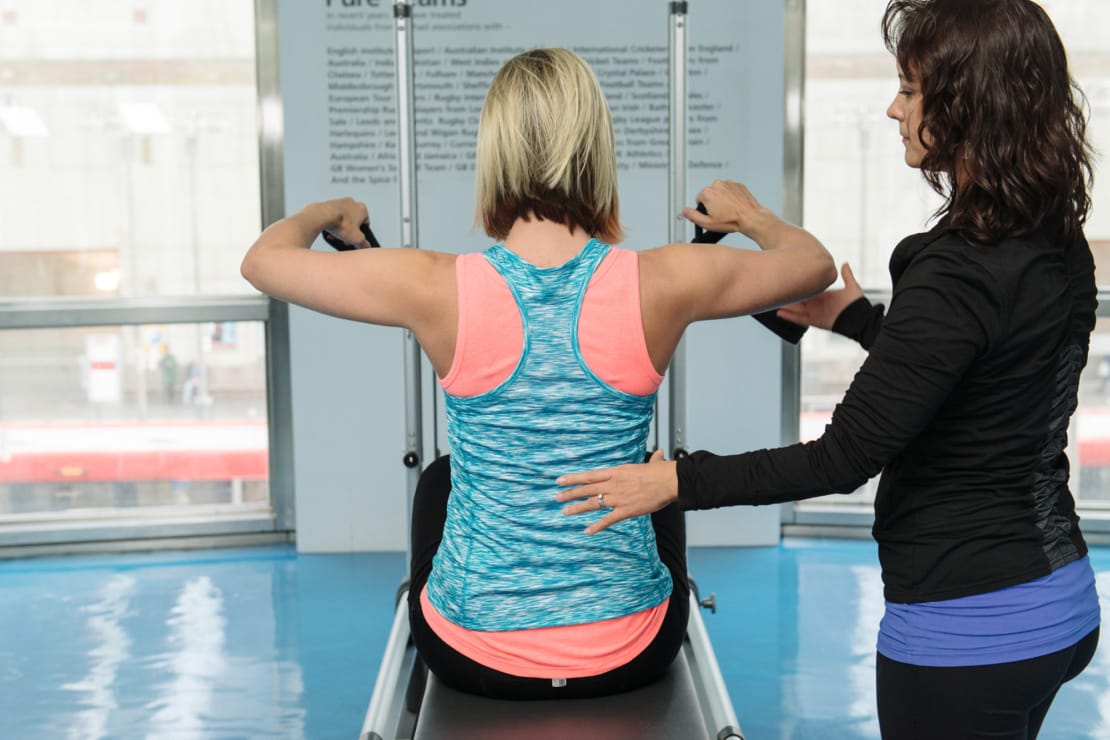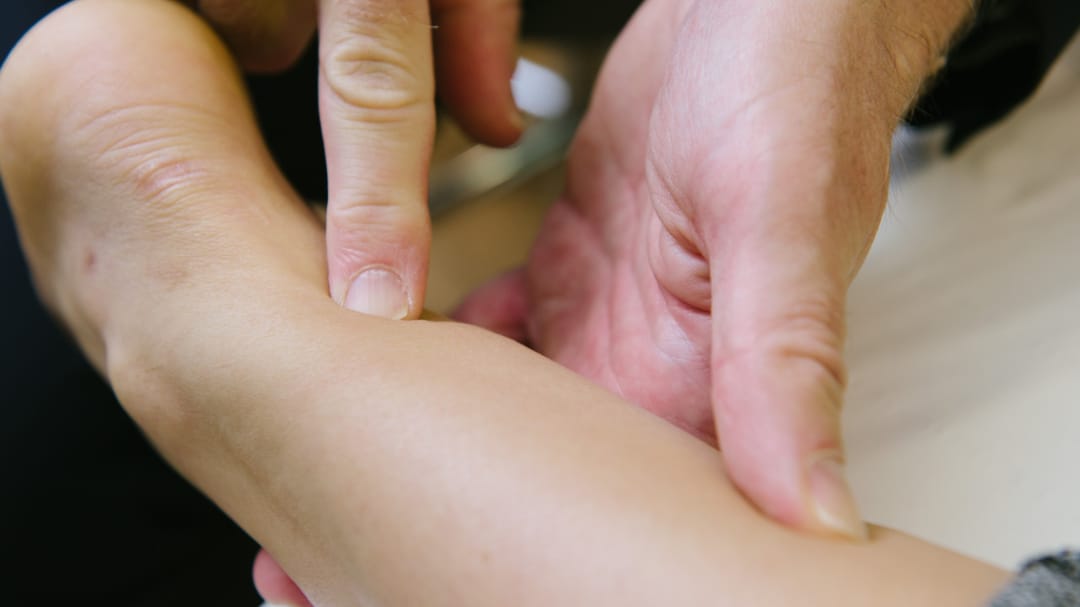Back Pain 2.0

Claire Small
Chief Clinical Officer & Consultant Physiotherapist
- 18 May, 2020
- Back Pain
- 4 min read
Back Pain 2.0

Earlier in the year, I wrote a blog post on understanding back pain – in response to recent articles on Back Pain published in the Economist. Since that time, the healthcare focus has shifted sharply to all things Covid-19 but interestingly, GPs I speak with are reporting an increasing number of consultations for neck and back pain, as people adjust to a more inactive lifestyle and working from home.
One of the key points in the last article I wrote, was the need for consistent and evidence-based information to be taught to health and medical professionals and students, and for the same information to be provided to patients and the general public.
Over the course of the coronavirus crisis, I have spoken with a number of journalists writing articles about working from home, and have had to dispel the myths around “good” or “perfect” posture, the importance of “sitting up straight” and the need for an expensive “ergonomic” chair that keeps your back in the correct position. None of this is supported by the research evidence. Recent studies have shown no link between postures of any kind and back pain, and that there is no consensus between healthcare professionals as to what “good” and “bad” posture look like.
That these “myths” about back pain have been produced over the years by healthcare professionals makes them much harder to dispel, especially as some continue to provide misinformation to patients. Many patients with long standing problems have fixed beliefs about their backs and back pain based on information they may have been given 10 or 20 years ago.
The difficulties these firmly held beliefs pose in managing back pain effectively was evident in a public awareness campaign conducted by The Chartered Society of Physiotherapists (CSP) entitled ‘Back Pain Mythbusters’ in which they addressed some of the commonly held misbeliefs about back pain to help people understand the condition and manage it more effectively. As part of this campaign, the Daily Mail published some of this information online.
The article was accessed over 29 000 times with 125 reader comments being posted in the following 2 weeks. As a result of this, the author undertook an analysis of the comments to gauge the general public’s response to this evidence-based information and published their analysis in the British Journal of Sports Medicine (BJSM). The general responses were highly emotional, dismissive and often personally insulting to the author. They disregarded the evidence and the skills and qualifications of Physiotherapists to treat back pain and dismissed the advice to exercise as trivialising the problem. They also suggested that the information provided reflected a lack of empathy from healthcare professionals because they had never experienced severe back pain themselves. Even when presented with the latest, evidence-based information, people were unwilling to engage with it.
So – we have an uphill battle ahead of us….
As I said in my previous article – Back Pain is treated badly because it is badly understood by both patients and clinicians. BACK PAIN IS THE BIGGEST CAUSE OF DISABILITY WORLDWIDE and costs society billions in care and support every year.
At Pure Sports Medicine, we have produced an Infographic based on real life evidence from our patient data and designed to help patients and the general public understand back pain more accurately.
We have included information about several myths and unhelpful beliefs about low back pain and shown how effective education and appropriate, individualised management with manual therapy and exercise can help patients return to normal daily life.
As well as the information in our Infographic, other key messages that healthcare professionals should be providing to patients are:
Most episodes of low back pain settle reasonably quickly, and back pain does not get worse with age.
Our backs are made to move! Movement in all directions is safe but more importantly movement and exercise are essential to keep our spines healthy and strong.
Spinal posture during sitting, standing and lifting does not predict the development of low back pain or it’s persistence. (This is an especially important message at a time when so many people are working from home and may be worried about their work set up. For more information on this – see a recent article I wrote here)
Our “core muscles” are important in ensuring normal spinal movement but we do not need to strengthen them. A “strong core” will neither prevent or fix back pain and a “weak core” does not cause low back pain. All our trunk muscles work to produce effective spinal movement and the focus of any rehabilitation programme should be pain free mobility and function.
Back pain, like all other pain we experience in life, is influenced by many factors including our mood, our attitude and coping strategies, our expectations and our sleep patterns.
If you are reading this as a patient and disagree with the information or don’t understand how this can be the evidence when your experience is completely different, I highly recommend that you make an appointment with a clinician who is an expert in the management of spinal pain to discuss this information and the information in our Infographic in detail, question why your experience is different and learn more about the latest evidence on the causes and management of back pain.
References: McCarthy & Yeowell (2017) Newspaper response to the back-pain myth busting advice: bruising but helpful. British Journal of Sports Medicine 51: 758.

Advice
Over the last 20+ years our experts have helped more than 100,000 patients, but we don’t stop there. We also like to share our knowledge and insight to help people lead healthier lives, and here you will find our extensive library of advice on a variety of topics to help you do the same.
OUR ADVICE HUBS See all Advice Hubs

